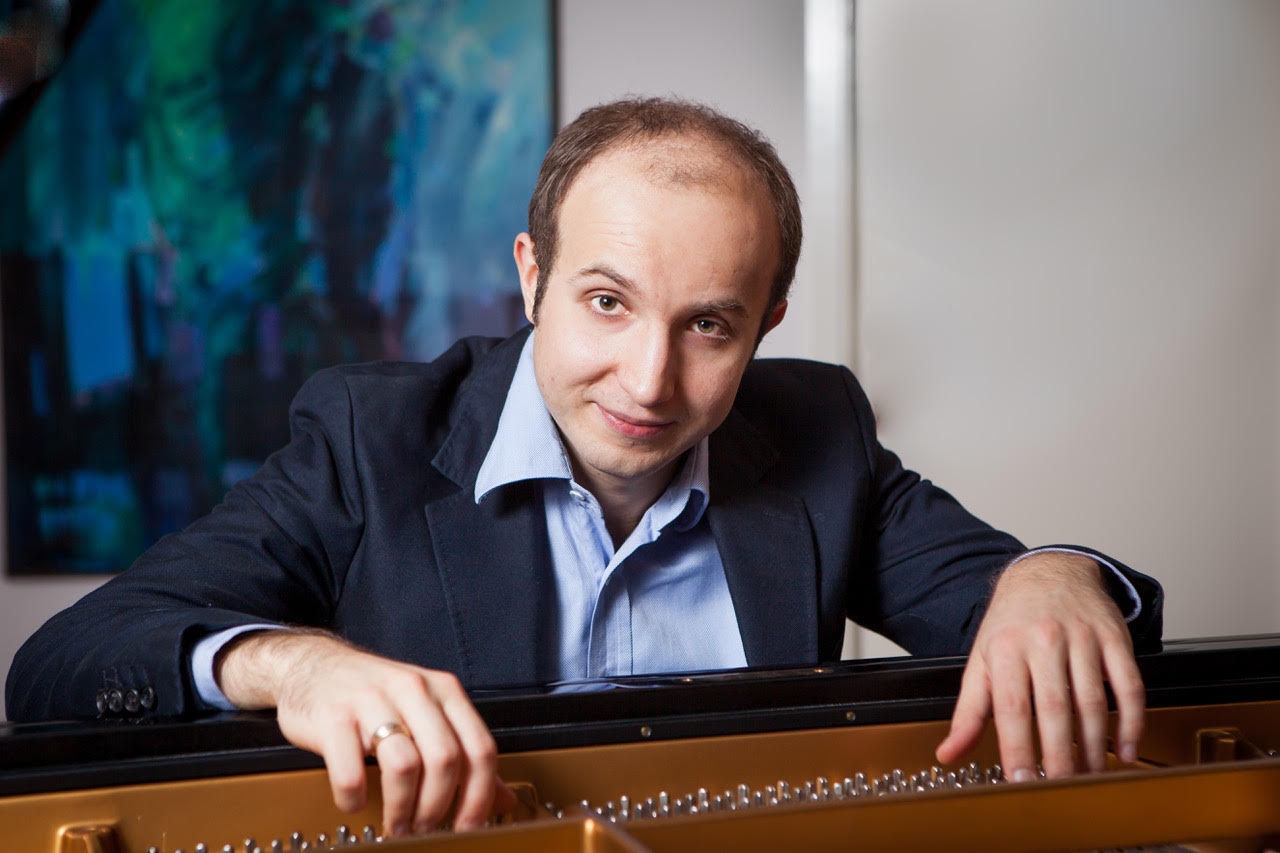 China Ravel, Gershwin: Alexander Gavrylyuk (piano), Cincinnati Symphony Orchestra / Louis Langrée (conductor), Shanghai Oriental Art Center, Shanghai, 22.3.2017. (RP)
China Ravel, Gershwin: Alexander Gavrylyuk (piano), Cincinnati Symphony Orchestra / Louis Langrée (conductor), Shanghai Oriental Art Center, Shanghai, 22.3.2017. (RP)

Ravel – Ma Mère L’Oye: Suite; Daphnis et Chloé Suite No.2
Gerschwin – An American in Paris; Rhapsody in Blue
The Cincinnati Symphony Orchestra (CSO) has personality. It was evident from the moment they started walking out on stage. Understandably excited to be performing in the world’s largest city on the other side of the world from home, they brimmed with a sense of pride and purpose. The CSO is a mature, confident band of players who are part of an orchestra with a long history. It gave its first concerts in 1895, and giants of music such as Leopold Stokowski, Eugène Ysaÿe, Fritz Reiner, Eugene Goossens and Thomas Schippers have led it. Louis Langrée joined their ranks in 2013 and continues the tradition.
The CSO had more than personality working in its favor. It only took a few seconds to realize that the orchestra’s well-honed sound and the Shanghai Oriental Art Center’s excellent acoustics were a perfect match. I have heard some very fine orchestras in this hall, and yet the first few measures of Ma Mère L’Oye made me sit up and take notice. Then there was the program: the sonorities and refinement of pre-World War I Paris contrasted with the frenzy of the Roaring Twenties. Finally, how many pianists are there like Ukrainian-born Australian Alexander Gavrylyuk? The CSO may have personality in spades, but so does he, along with charisma. As the song goes, his style is simply ‘’s wonderful, ‘s marvelous’.
It is impossible to pigeonhole American composers, but Gershwin, who was as much Tin Pan Alley as top and tails, is one of our greats. Saying that the CSO gets Gershwin is about as enlightening as opining that a rooster can crow. It is in their DNA. Their playing is self-assured and controlled, their style suave and debonair. The brass, woodwinds and percussion swing, but they never swagger. What a counterpart they found in Gavrylyuk. His playing in Rhapsody in Blue was muscular and fiery. The melodies sparkled, those driving rhythms were punched out with gusto and the sweeping glissandos dispatched with power and grace. Langrée brought cut-glass clarity to Gershwin’s kaleidoscope of orchestral color, precision to his fascinating rhythms and swing to those unforgettable tunes.
The Ravel works that opened and closed the program displayed complementary facets of the CSO’s personality. Instead of exuberant rhythms, the undulating phrases pulsed with a subtle vitality that built to an ecstatic climax in Daphnis et Chloé. The soloists had many a star turn; all deserve mention. One of the CSO’s defining attributes, however, is the sound of its violin section, and its concertmaster, Timothy Lees, deserves much of the credit for that. When playing solos, his sound was clean, vibrant and refined, and the section as a whole was cut from the same cloth. In fact, that sound seemed to be the pole star to which the entire orchestra was aligned.
The encores were almost a concert in themselves. Gavrylyuk set the keyboard on fire with Horowitz’s transcription of the Wedding March from Mendelssohn’s A Midsummer Night’s Dream. At the opposite end of the spectrum was Rachmaninoff’s beguiling Vocalise, arranged for piano solo by Zoltán Kocsis. The orchestral encores also spanned the gamut from razzle-dazzle to the sublime. The first was Bernstein’s brilliant, boisterous Overture to Candide. Then a harp rippled, and a flute played the languorous melody that opens the Intermezzo from Bizet’s Carmen Suite No.1. Langrée stood motionless before his orchestra. A few barely perceptible nods of his head and the darting eyes of the players indicated that he was still guiding them.
There was absolute silence as the last notes sounded. Then it was back to the thunderous applause and ringing bravos.
Rick Perdian
